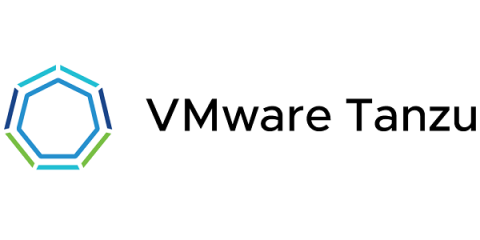Operations | Monitoring | ITSM | DevOps | Cloud
Latest News
Introducing Conductor
It comes as no surprise that the demand for Kubernetes is skyrocketing across the industry. According to the CNCF’s 2019 survey, 78% of respondents are using Kubernetes in production today. This growth is contributing to a surge of demand for talent: there are over 100 thousand cloud native job postings across Dice and Indeed alone. The talent pool of people that have worked with Kubernetes and the adjacent technologies is limited and demand is growing.
HashiConf Digital Wrapup, June 2020
The first HashiConf Digital event was held on June 22-24, online. The event was meant to be HashiConf Amsterdam, but the team pivoted and moved it online because of COVID-19. My employer FireHydrant was a sponsor, and I was happy to have a chance to attend. The event was very well organized, and that’s even more impressive given that the team had to shift it online.
Simply Scaling a Tanzu Kubernetes Cluster with the TKG Service for vSphere
The previous two posts in this series walked through both the architecture of the Tanzu Kubernetes Grid (TKG) Service for vSphere and how to use it to deploy Tanzu Kubernetes clusters. In this post, we’ll walk through how to take a cluster and scale it on demand. The examples shown are consistent with the same tag-demo-cluster-01 cluster spec used previously.
Streamline Your Teams' API Design and Strategy with User-Centered Documentation
Every day, application programming interfaces (APIs) are created to speed up the development of modern software applications—from globally-scaled public services to internal endpoints for your proprietary applications. For engineering leaders with teams that write and maintain APIs, however, it can be difficult to know how to prioritize API features, encourage adoption, and respond to feedback from developers. And as we at VMware Pivotal Labs well know, rapid iteration leads to product success.
Why Password Updating Of Apps Is Important For Security
TL;DR: Experts working with tech companies discuss a lot about security issues, both internally and with clients. Indeed, no software program or app is full-proof. While technological enhancements help companies and individuals to perform better, they enhance the capabilities of hackers too. Naturally, everybody has to take the necessary steps required to protect their interests, and the most common yet effective way to do it is to change passwords frequently.
Twitter's Reliability Journey
DevOps Toolchain Explained: What Is & How to Create One. Choosing Between Buying or Building Your Own Tools
Over the past few years, we’ve seen an almost obsession with developing and adopting CI/CD tools throughout the DevOps community. There are thousands of “how-to’s”, “top x tools”, and “tool x vs tool y” type articles, and it has gotten to the point where it’s quite difficult to figure out how and which one to pick as your own.
What is Infrastructure Monitoring?
IT is advancing blazingly fast. To keep up with architectural changes and hybrid environments, it’s more important than ever to maintain efficient infrastructure monitoring and troubleshooting. Adding to the complexity is the increase of distributed systems, comprised of many components and services.
Deploy HAProxy Ingress Controller from Rancher's Apps Catalog
In Kubernetes, Ingress objects define rules for how to route a client’s request to a specific service running inside your cluster. These rules can take into account the unique aspects of an incoming HTTP message, including its Host header and the URL path, allowing you to send traffic to one service or another using data discovered in the request itself. That means you can use Ingress objects to define routing for many different applications.











